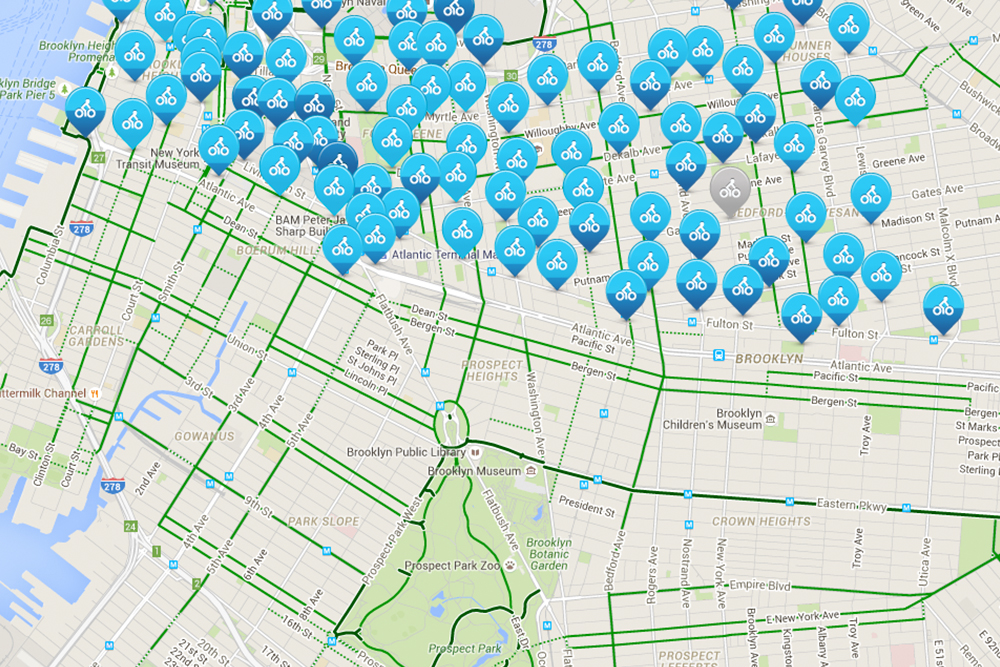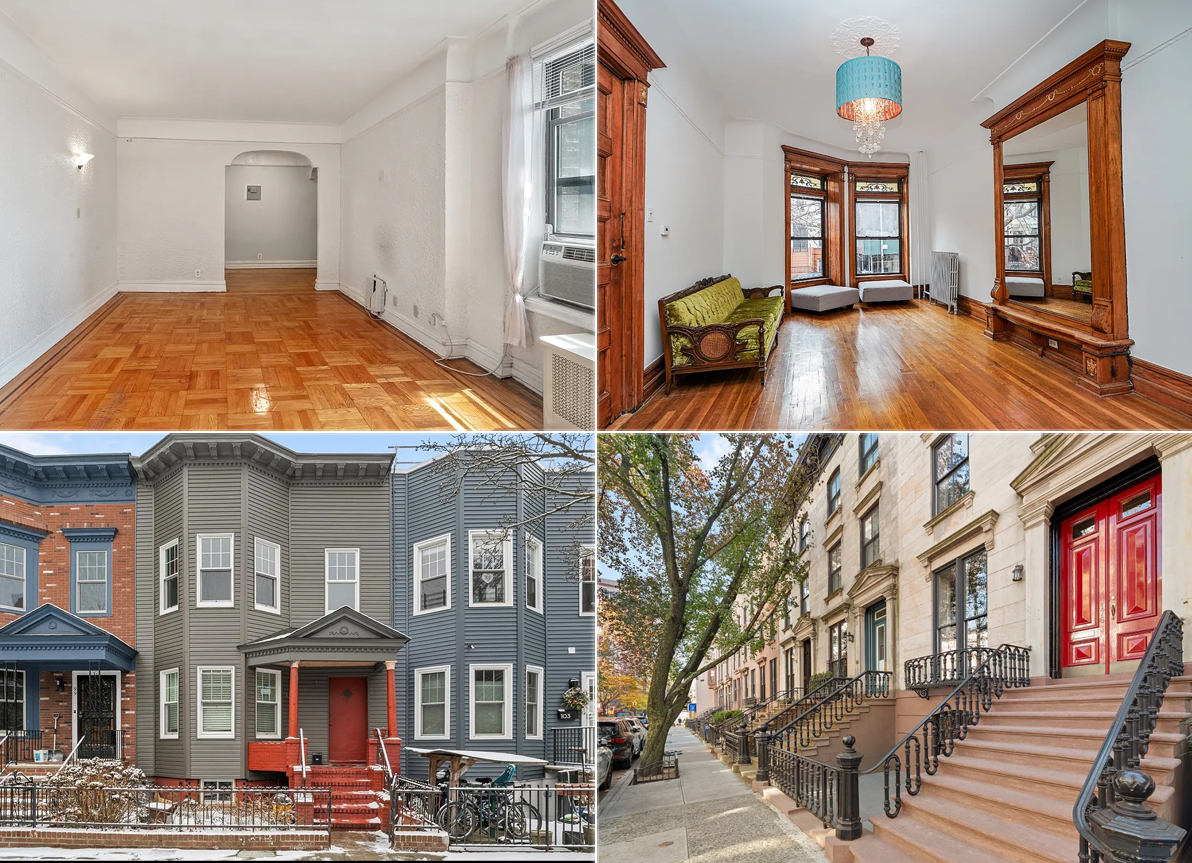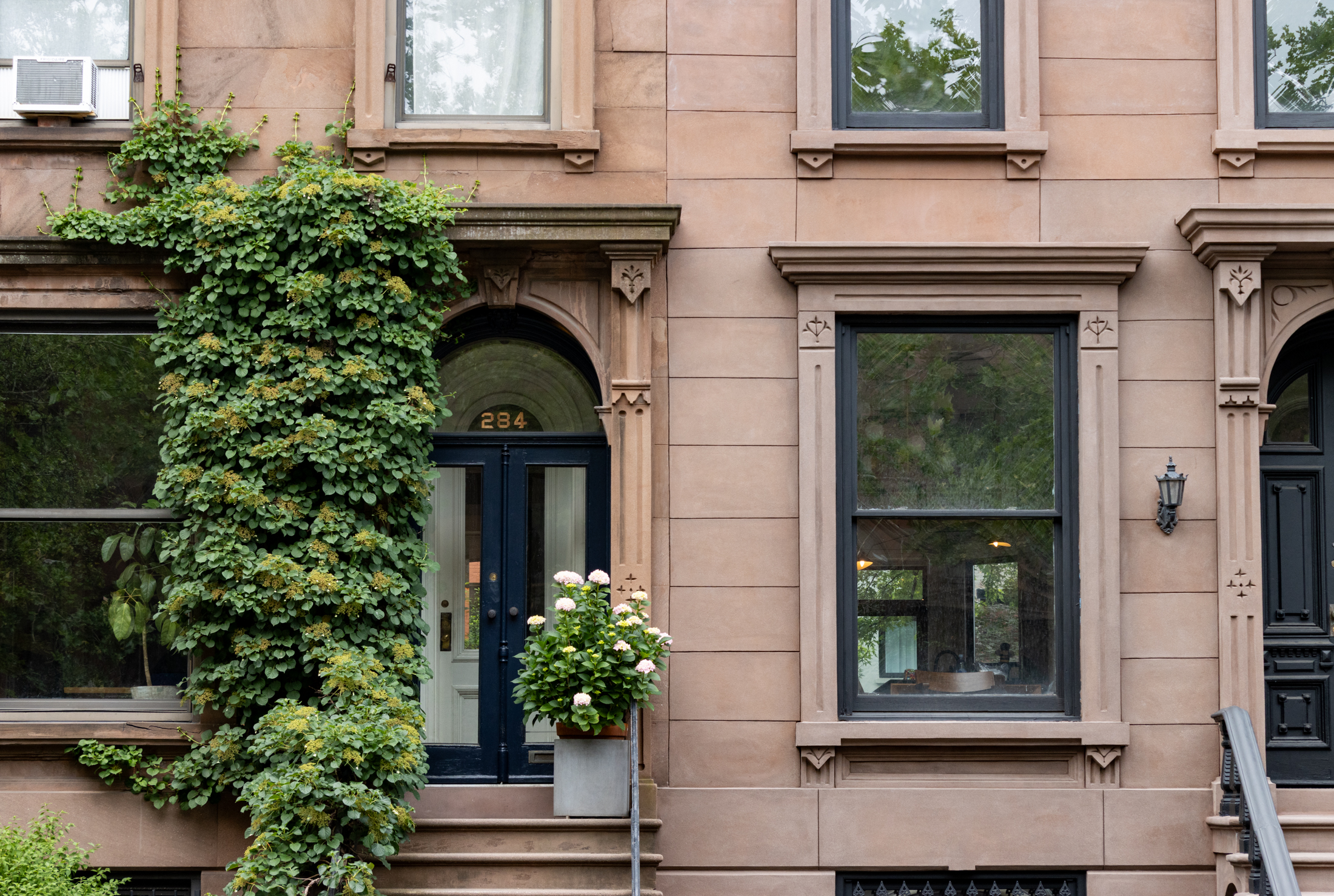Citi Bike Makes It Easier to Get Around Brooklyn -- Well, Some of It
With the expansion of Citi Bike and local push for bike lanes, Brooklyn is getting easier to traverse. But not for everyone. Citi Bike has seen all-time highs in usage, with up to 50,000 users using the bikes on a single day citywide, according to the Brooklyn Eagle. Frequently, the bikes are used not just for…

With the expansion of Citi Bike and local push for bike lanes, Brooklyn is getting easier to traverse. But not for everyone.
Citi Bike has seen all-time highs in usage, with up to 50,000 users using the bikes on a single day citywide, according to the Brooklyn Eagle. Frequently, the bikes are used not just for sport or sight-seeing, but for commuting to and from work — especially in Brooklyn, where the most popular times for the borough’s most-used stations are 9 a.m. and from 6 p.m. to 9 p.m.
Citywide, the privately owned company currently has 450 stations. By the end of the year once expansion is complete, Brooklyn will have 157 stations.
The Brooklyn stations are helping to pick up the slack in the city’s Manhattan-centric transit system. As Brooklyn has become a destination in its own right and more Brooklynites work, shop and go out at night without ever leaving the borough, they need transportation that reflects that new reality.
Biking has become a symbol of Brooklyn as the sustainable, forward-thinking future mode of transportation.
The Citi Bike rollout started in north and northwest Brooklyn. It recently expanded to central Brooklyn with dozens of new Citi Bike stations in Bed Stuy. So far, the rollout has been north of Atlantic Avenue, which means areas such as Red Hook, Carroll Gardens, Cobble Hill and Park Slope have not yet received any Citi Bike stations.
Meanwhile, the majority of Brooklyn remains a Citi Bike desert, with far-flung and hard-to-reach neighborhoods — such as Canarsie, Flatlands, Mill Basin, Brownsville — remaining as such. Why would anyone bike from Mill Basin, you may ask? To where?
Biking to the lake in Prospect Park takes roughly the same amount of time whether you start in Mill Basin or Dumbo. But the same trip using public transit can take 20 minutes longer from Mill Basin. That’s just one example. Access to something like Citi Bike can have an impact.
But biking in the city also has its hazards. So far this year, 9,865 bikers have been injured and 43 killed. While that number is 667 less than last year’s number of biking injuries at this time, it’s little comfort.
The most popular Citi Bike station in Brooklyn is South 5th Place at South 4th Street, according to the Brooklyn Eagle. The Old Fulton Street station is second most popular, and Kent Avenue at North 7th Street comes in third.
[Source: Eagle]
Related Stories
The DOT Doesn’t Know How to Market Bike Lanes
Work on Much-Delayed Pulaski Bikeway Starts Monday, May Wrap by End of Year
De Blasio Agrees to MTA Budget Increase So Long As Albany Is Honest With Funds





What about South Brooklyn?
What about South Brooklyn?
I wish that CitiBike had been expanded with an eye to enhancing the existing transportation network. Rather, it was simply marched east through Bed-Stuy uniformly. We live on the eastern edge of Bed-Stuy, past the Utica express stop, and each morning I walk to Utica to avoid the pain of waiting for a C train and watching multiple A trains whoosh past. At night, rather than waiting for a C, I take an A to Utica and walk.
CitiBike would have been better served if they expanded in concentric rings around existing transportation hubs rather than thoughtless expanding like a blanket. It would not only enhance ridership if it was treated more explicitly as part of a multimodal transportation network, but it would provide an immediate benefit to residents who walk longer than they’d like to a subway.
Also, the stark line of demarcation at Atlantic makes little sense. How many people walk from let’s say the Nostrand A stop to homes in Crown Heights? Also those people could be making CitiBike a part of their daily routine.
I wish that CitiBike had been expanded with an eye to enhancing the existing transportation network. Rather, it was simply marched east through Bed-Stuy uniformly. We live on the eastern edge of Bed-Stuy, past the Utica express stop, and each morning I walk to Utica to avoid the pain of waiting for a C train and watching multiple A trains whoosh past. At night, rather than waiting for a C, I take an A to Utica and walk.
CitiBike would have been better served if they expanded in concentric rings around existing transportation hubs rather than thoughtless expanding like a blanket. It would not only enhance ridership if it was treated more explicitly as part of a multimodal transportation network, but it would provide an immediate benefit to residents who walk longer than they’d like to a subway.
Also, the stark line of demarcation at Atlantic makes little sense. How many people walk from let’s say the Nostrand A stop to homes in Crown Heights? Also those people could be making CitiBike a part of their daily routine.
I suppose, except it only takes about 20 minutes to bike from the Atlantic Center to Utica. It seems like the point-to-point, commuting aspect of the system could be enhanced. Maybe I am just annoyed because the system stopped at Utica and we live at Ralph.
I suppose, except it only takes about 20 minutes to bike from the Atlantic Center to Utica. It seems like the point-to-point, commuting aspect of the system could be enhanced. Maybe I am just annoyed because the system stopped at Utica and we live at Ralph.